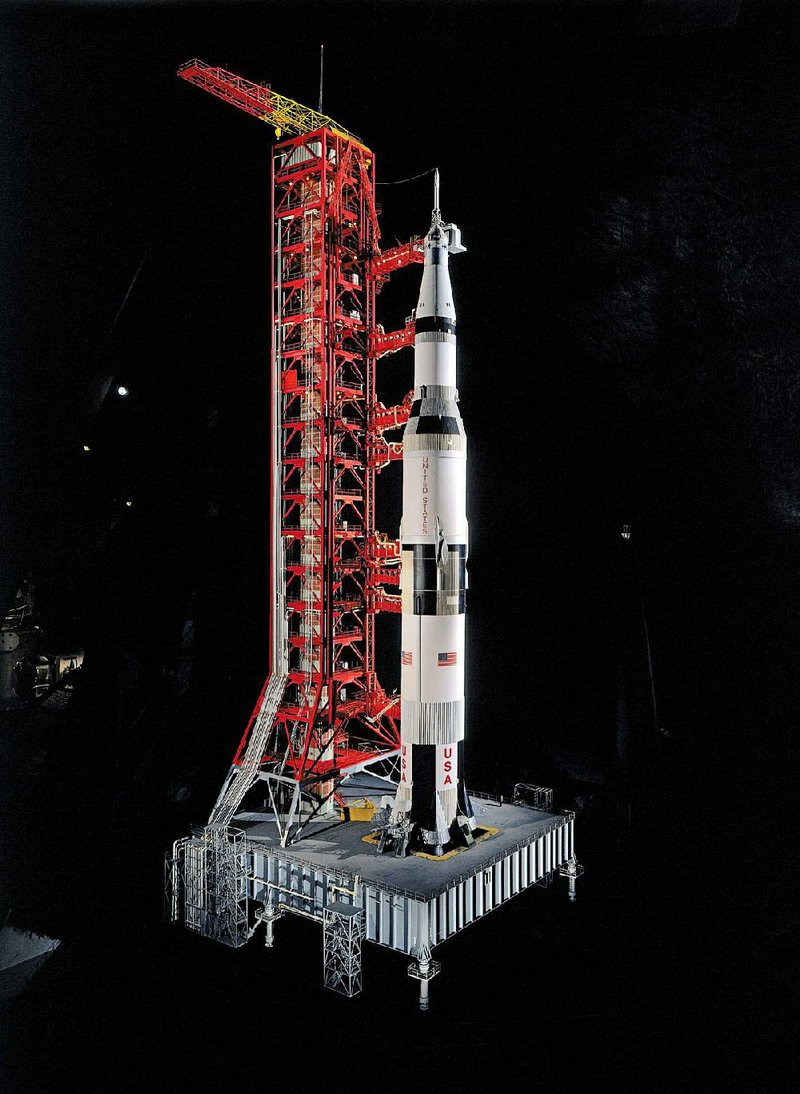WASHINGTON -- On Dec. 3, the National Air and Space Museum will close two galleries -- "Apollo to the Moon" and "Looking at Earth" -- as it begins a seven-year renovation project. Seven more galleries close in early January.
Most of the museum's major attractions, such as the Spirit of St. Louis and the moon rock, will still be on display, but hundreds of other artifacts will disappear from view. These five are worth making a trip to see over the next weeks.
• Eyes on the Earth
This interactive 3-D globe, designed by the Jet Propulsion Laboratory at the California Institute of Technology, is one of the most fun "toys" at the Air and Space Museum. Visitors can use a trackball to whirl around a map of the world, using data from NASA's Gravity Recovery and Climate Experiment satellites to look at water levels, temperatures and storms. In a gallery that feels a little dusty, this is one of the few exhibits that has kids and grandparents lining up for a closer look.
• Lockheed U-2
Beyond satellites, this gallery focuses on what it calls "The Sky Spies" and how intelligence attained through aviation was used from the Civil War through the Cold War. The aircraft overhead is a Lockheed U-2, one of the spy planes that flew high-altitude missions over Russia, Cuba and other hot spots. (This one was the first to fly over Russia in 1956.) The gallery also includes objects belonging to pilot Francis Gary Powers, whose plane was shot down over the Soviet Union in 1960, including his prison diary and a rug he cross-stitched while imprisoned -- and later used to smuggle out his diary.
• F-1 engine from a Saturn V rocket
To power the Apollo program to the moon, NASA used the largest and most powerful rocket ever built: the Saturn V. There were five F-1 engines at its base, each 12 feet in diameter, generating 1.5 million pounds of thrust. The Air and Space Museum has one of these enormous engines on display, and a system of mirrors is used to show what a full array of five would have looked like.
• Footage from the Apollo 17 moon landing
Do you like looking out of the window as your plane is landing? This remarkably unassuming installation is similar and a million times cooler. A reproduction of Apollo 17's lunar module gives visitors an astronaut's-eye-view of the final descent from 11,000 feet to the moon's surface through "windows," and actual radio recordings of commander Eugene Cernan and pilot Harrison Schmitt describe the footage in what feels like real time.
• Lunar Roving Vehicle
The Lunar Roving Vehicle, or "moon buggy," displayed never went to the moon: The LRVs used on the last three Apollo missions are still sitting on its surface. This one is the final test unit and is, the museum says, "a very close replica of the units that flew." It's amazing to think of this flimsy-looking, battery-powered contraption, steered by an astronaut using a joystick, tooling around and leaving tracks in the lunar dust.
Smithsonian National Air and Space Museum, Sixth Street and Independence Avenue SW, Washington, D.C. Hours: Open daily from 10 a.m. to 5:30 p.m. through Dec. 3. Free admission. (202) 633-2214 or airandspace.si.edu.
Travel on 11/18/2018
